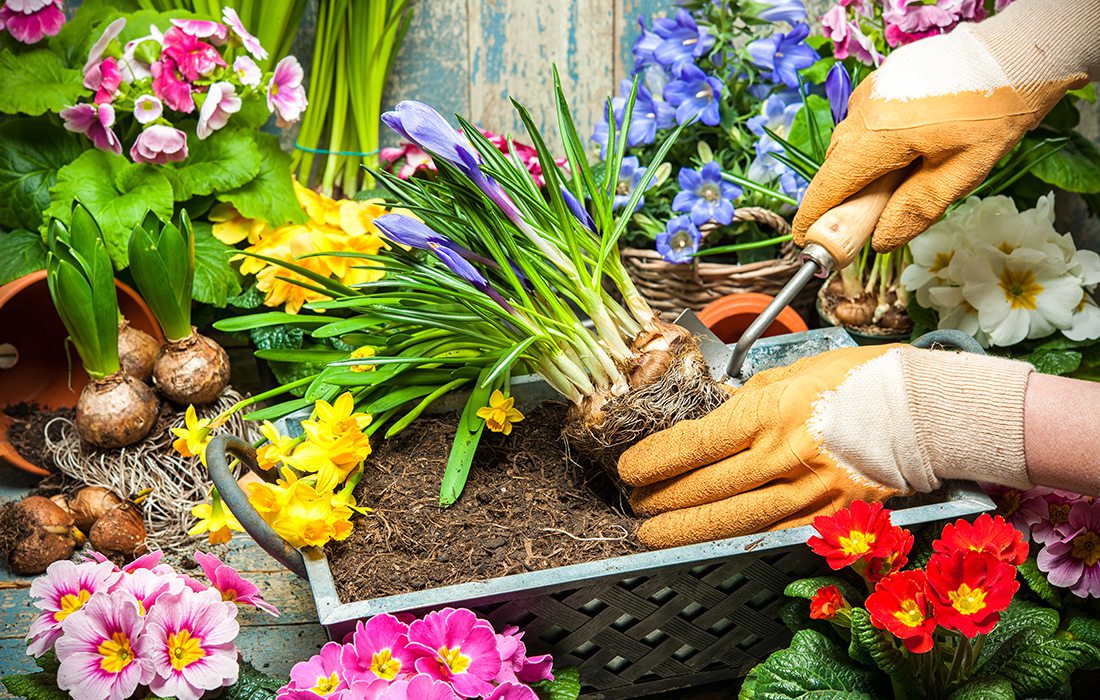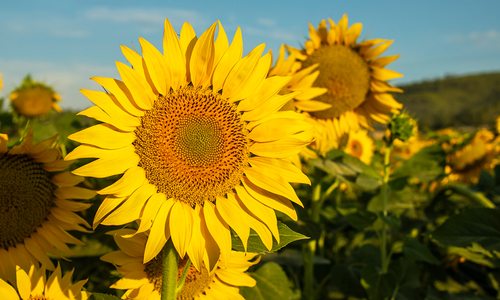
Home
How to Build a Rain Garden
Spring showers are upon us, bringing life back to plants and wreaking havoc on the rest of your yard. This year, try planting a rain garden to use the extra water to your plants advantage.
By Jo Jolliff
Mar 2023

While rain is certainly good for plants, large amounts of water pooling are never good for landscaping, concrete or foundations. Rain gardens are the perfect solution to divert the water to go where you want it—into the spongy foundation of your flower beds instead of causing damage elsewhere. Agriculture/Rural Development Specialist Tim Schnakenberg with Master Gardeners of the Ozarks recommends purchasing native plants for best results.
How to Build It
Select the Area
Choose a spot at least 10 feet from your home that can absorb water. It should not have too great of a slope and should be around 50 square feet.
Dig the Basin
Remove any grass in your chosen area and dig to a depth of about 1 to 2 feet with a flat bottom using the excavated soil to create a berm on one side to retain water.
Lay Piping
Dig a trench from one or more rain gutters to the rain garden and lay rigid piping to carry the water, then cover.
Fill with Rain Garden Soil
Fill up with a mixture of 65% native soil to 35% rain garden soil until you have about 6 inches from the top.
Add Plants
Use native plants, starting with plants that thrive in a wet environment in the middle and those that prefer drier conditions on the outer edges.
Mulch
Cover with a 3-inch layer of mulch to keep the soil moist.
What to Plant
Purchase native plants that can survive in moist soil from the Spring Garden Workshop on March 11 at Faith Lutheran Church or the Annual Master Gardener Plant Sale on Saturday, April 29 at the Mizumoto Japanese Stroll Garden Pavilion.
• Asclepias Incarnata, Marsh Milkweed
• Chelone Oblique-White Turtlehead
• Conoclinium Coelestinum, Mist Flower
• Coreopsis Lancelata, Lanceleaf Coreopsis
• Echinacea Purpurea, Purple Coneflower.












